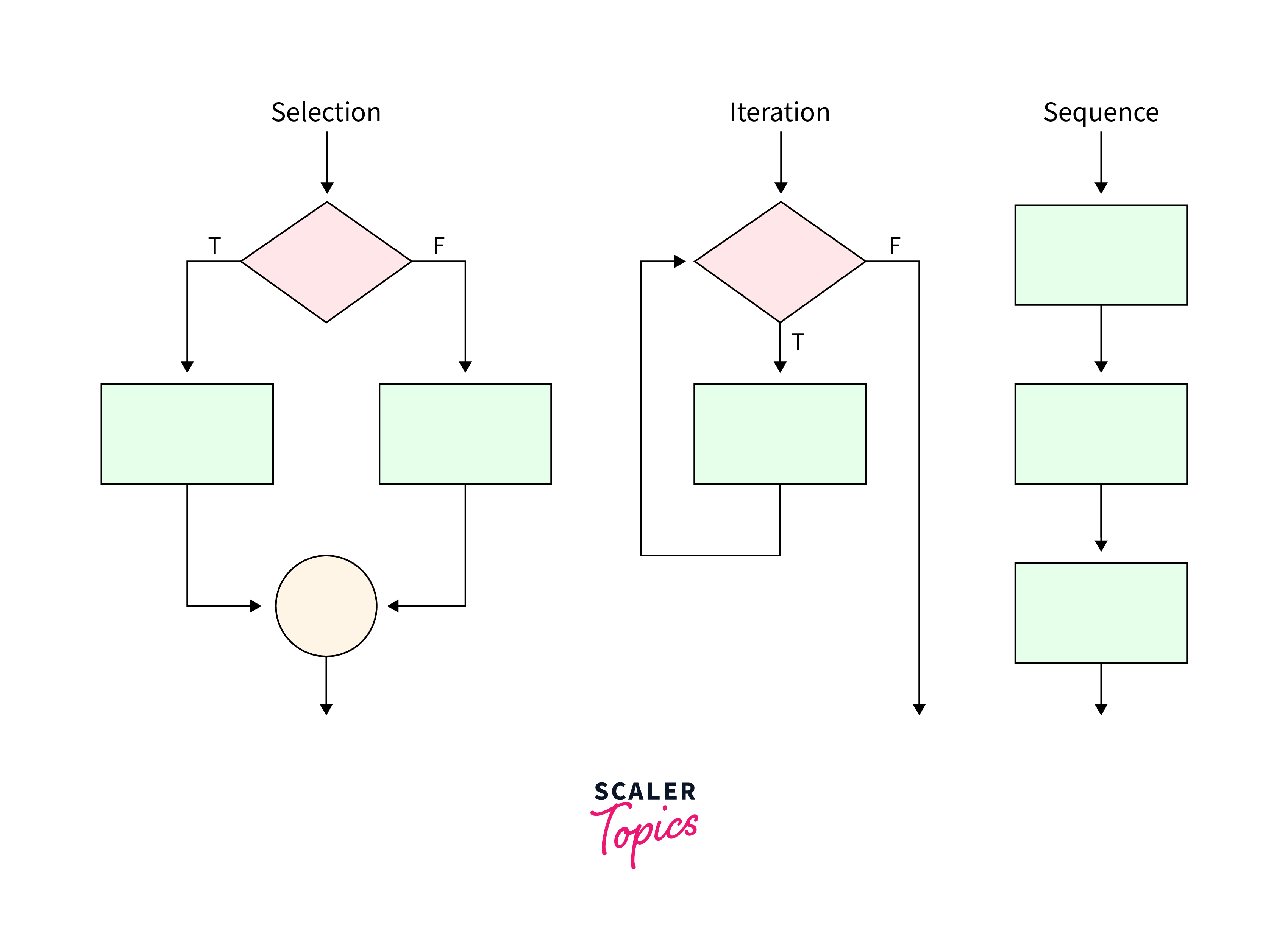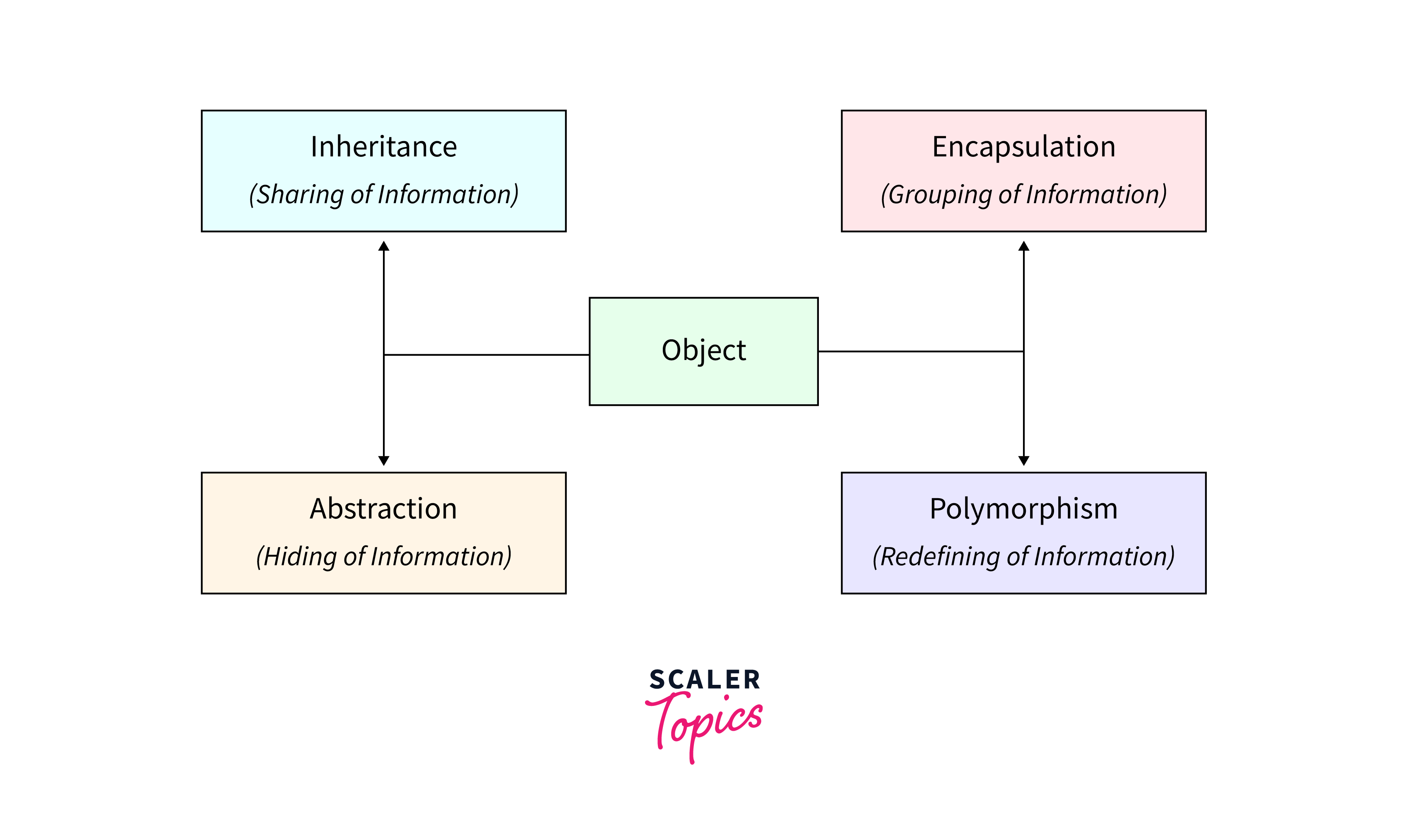What are the Basic Fundamental Concepts of Programming?
Overview
In computer science, programming involves creating sequences of instructions, often referred to as code, using a predefined syntax. This code is then processed by a computer, leading to the execution of desired actions. The primary programming concept is to solve problems and automate processes efficiently. Mastering the fundamentals of programming is important to laying a solid foundation for constructing applications and this article will help you understand the basics of programming.
The Basic Concepts of Programming
Variable Declaration
Variables are placeholders or named containers to store and manage data. They are basic programming concepts and crucial in manipulating information within a program. Declaring a variable involves specifying:
- Name
- Data Type
- An optional initial value.
In most programming languages, declaring a variable follows a consistent syntax. Let's explore a generic example in a pseudo-code format:
Some common mistakes made in the variable declaration include.
- Forgetting to initialize variables before use.
- Using inconsistent or unclear variable names and declaring variables never used in the program.
These can be fixed by always initializing variables before usage to avoid unpredictable behaviour.
Basic Syntax
- Syntax is the language rules governing the arrangement of symbols, keywords, and punctuation in code. It is like the grammar that forms the basics of programming and precise syntax ensures the correct execution of the program.
- Each programming language has its unique syntax, which developers must adhere to when writing code. A basic program understands syntax through an interpreter or compiler.
- An interpreter reads and executes code line by line, checking for adherence to syntax rules as it progresses. On the other hand, a compiler translates the entire code into machine-readable instructions, marking syntax errors before execution.
Data Types and Structures
A data type is one of the fundamentals of programming that specifies the range of values a variable can take, the memory it requires, and the various operations applicable to it. For example, in C programming language, the int data type takes 2 or 4 bytes of size. Different data types support various operations. For example, arithmetic operations are permissible for numerical data types, but not for strings. The various data types available are:
- String
- Boolean (true or false)
- Numbers (Integers and Floating-point numbers)
- Characters
- Arrays (A data structure for storing the same type of data)
The array is a data structure, which is a specialized format for organizing and storing data for efficient manipulation and retrieval. The array elements are stored sequentially in memory for quick and direct access. Explore more about arrays.
Some common mistakes made while working with data types include, choosing inappropriate data types for variables or ignoring the enforcement of data type constraints. Always choose data types carefully based on the nature of the data being represented and also pay careful attention to array indexing to avoid runtime errors.
Flow Control Structures
The programming concepts involve directing order in which statements and commands are executed. These structures determine the logical flow and eventually the results of a program. The three primary flow control structures are sequential, selection (conditionals), and iteration (loops).

Selection (Conditionals)
Selection structures or if-statements, enable the program to make decisions based on certain conditions. The execution path diverges depending on whether a specified condition evaluates to true or false.
Example: The program checks the condition. if the age of a person is greater than 18 will have an if condition (age >= 18). If true, print Yes; otherwise, print No.
Iteration (Loops)
Iteration structures or loops like for or while, allow the repeated execution of a set of statements. This is especially useful when performing a task multiple times or until a specific condition is met.
Example: The program for printing the first 10 natural numbers sequentially.
Sequential
Sequential flow is the default order in which instructions are executed, line by line, from the beginning of the program to the end. Each statement is processed in a linear fashion, and the execution proceeds to the next statement once the previous one is completed.
Functional Programming
Functional programming views the process of computation as the assessment of mathematical functions. It focuses on immutability and avoids changing-state and mutable data. It follows the following:
- Data once defined cannot be changed. Any operation on data creates new data structures rather than modifying existing ones.
- Functions return the same output for the same input, without side effects (Pure functions). They depend solely on their input parameters, enhancing predictability and testability.
- These functions make the code more reusable and abstract due to the ability to take functions as parameters and return functions.
In functional programming, a practical application is evident in mathematical operations. Functions are treated as first-class citizens, allowing the creation of pure functions for operations like addition, multiplication, and exponentiation. This emphasis on immutability and pure functions promotes clarity and predictability in numerical computations.
Some common mistakes made when working with functional programming include,
- Modifying variables or data structures in place and neglecting the benefits of pure, side-effect-free functions.
- Performing actions beyond the function's scope.
These can be fixed by following immutability to prevent unintended changes and ensure predictability. Also, make sure to minimize side effects to enhance code predictability and maintainability.
Object-Oriented Programming (OOP)
OOP is a paradigm that considers variables as Objects, encapsulating data and behaviour within self-contained units. Classes define the structure or behaviour that is followed by objects. The four principles of OOP that form the fundamentals of programming are:
- Inheritance
- Polymorphism
- Abstraction
- Encapsulation

OOP is extensively used in software design. Objects representing real-world entities are created as instances of classes, encapsulating both data and behaviour. For instance, in a banking application, OOP can model customer accounts as objects with attributes (balance, account number) and methods (deposit, withdraw).
Some common mistakes to look after when working on OOP are:
- Overusing or misusing inheritance relationships. Fix this by trying to go for composition over inheritance where appropriate.
- Exposing internal details of objects, violating abstract principles. Fix this by encapsulating data and behaviours within classes to protect and control access.
Debugging
Debugging is a programming concept that involves the identification of errors in code and fixing them. It is an integral part of the software development process. It includes various steps like Error Identification, Isolation of Issues, Root Cause Analysis, and Testing and Validation.
The best way to handle debugging is to prevent errors using error handling strategies to detect, report, and manage errors during code execution. You can also implement exception handling to deal with unexpected events that may disrupt program flow. Implementing error or exception handling provides the following advantages:
- Prevents program termination by providing a mechanism to gracefully handle unexpected situations.
- Contribute to code readability and robustness by making it easier to maintain and handle.
- Error messages and exception traces help developers identify the root cause, making the debugging process easier and faster.
Learn more about the various steps of debugging a program.
IDEs and Coding Environments
Integrated Development Environments (IDEs) provide a unified platform for the development of software. They enhance productivity by offering tools and features for writing, editing, debugging, and deploying code. Its features include,
- Code editors with syntax highlighting, auto-completion, and provide code templates or snippets that accelerate the coding process.
- Debugging tools to identify and rectify errors in their code efficiently. Integration with version control systems (e.g., Git) for collaboration.
- IDE also helps in profiling code performance, identifying bottlenecks, and optimizing resource usage.
Conclusion
- Programming is the process of instructing computers through code to perform specific tasks. Functional programming emphasizes functions for computation, while object-oriented programming (OOP) uses objects with principles like inheritance, polymorphism, abstraction, and encapsulation.
- Variable declaration involves assigning names to data containers, for storing and manipulating information in programming. The basic syntax, governed by specific rules, ensures accurate code interpretation and execution.
- Data types categorize information, and examples include integers, floating-point numbers, characters, strings, booleans, and arrays. Flow control structures guide program execution with sequential flow, selection (conditionals), and iteration (loops).
- Debugging is the process of identifying and fixing errors in code, involving steps like error identification, isolation, root cause analysis, testing, and collaboration. Integrated Development Environments (IDEs) and coding environments offer comprehensive tools, including code editors, compilers/interpreters, debugging tools, and version control integration for project management.
